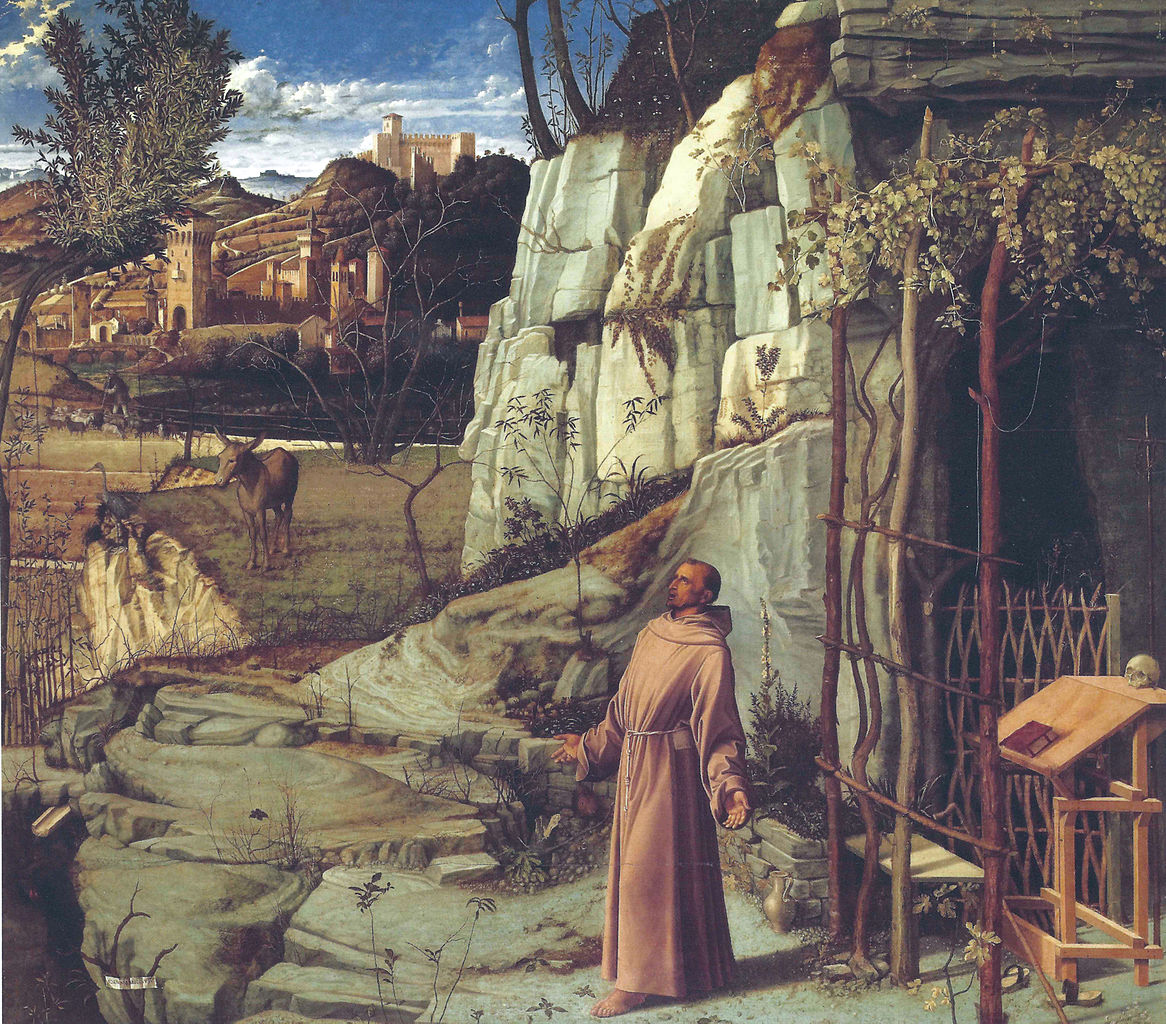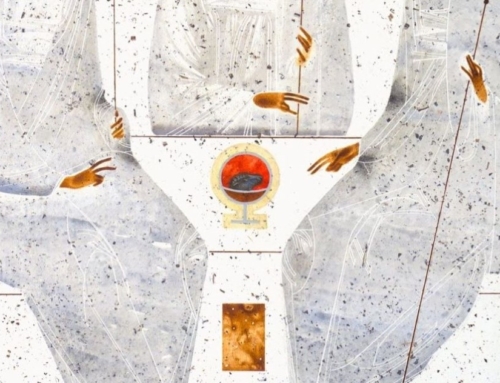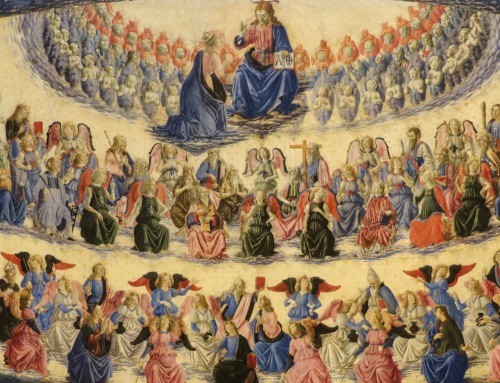Augmented reality is the cutting edge of mobile games and wearable tech, a fancy term for looking at the world through the lens of technology. You’ve probably heard about the Pokémon Go app by now, the biggest entertainment craze of the summer. Br. Irenaeus wrote about what he saw in Providence, RI, and similar scenes have played themselves out in cities across the country. In New York’s Central Park this summer, some of our brothers were taking a walk and heard someone shout, “Look, a Psyduck just spawned!” A crowd of gamers coalesced and lurched past them across the grass, cellphones extended in hopes of catching the pocket monster.
What is it that draws us to games like Pokémon Go? On one level, it’s a desire to enter a reality different than what God has created. For another way to satisfy this longing, we can look at Christian art. Close to Central Park is the Frick Collection, a gem of an art museum that has several world-famous paintings. One of them is Bellini’s St. Francis in the Desert, which captures a different version of reality, one that has captivated viewers across the centuries. It’s reality “augmented” by Christian faith.
Bellini’s painting is dominated by a rock outcropping that provides the background for St. Francis’s mystical experience. At first glance this rock is unappealing, much the way ordinary reality is for us. The ground was cursed into hardness for Adam, and as his children we have difficulty tilling fruit out of our daily life. The glitz of entertainment, especially in new forms like Pokémon Go, gives us relief. Unlike the frustrations of our normal pursuits, this electronic world is full of promise, and progress is easily identifiable as we level up in a game.
But as much as we enjoy games, we know they cannot substitute for reality. What we long for is a reality that speaks to us, that is full of meaning. It is only by the light of faith that we can recapture the significance of the here and now, just as God has given it to us. In Bellini’s painting, St. Francis’s home is a cave within the rock, a hermitage where he meditates on Scripture and the truths of the faith. As he does so, the rock becomes suffused with softness and his vision of the world is augmented. He sees it in the light of the Father’s love. Bellini portrays this flooding in of light through the tree blown back by supernatural wind and falling on St. Francis’s face. Almost invisibly, he receives the marks of the stigmata. In the background, the light touches each plant and animal, as well as the shepherd and the city, so that each shows forth its goodness in its own place.
God is the creator of all, and through intimacy with Him the world can be given to us anew. Our faith “augments” the world not by adding something to it, but by revealing that everything is part of God’s loving plan for us. We have around us just those people and places that He has willed for us, and nothing more. Instead of constraining and disappointing us, our reality can become the means of cooperating with the Father’s will for our life. Yes, the way of faith is long and the trials many, but consider again Bellini’s painting. Who wouldn’t want to live in this reality?
✠
Image: Giovanni Bellini, Saint Francis in the desert







